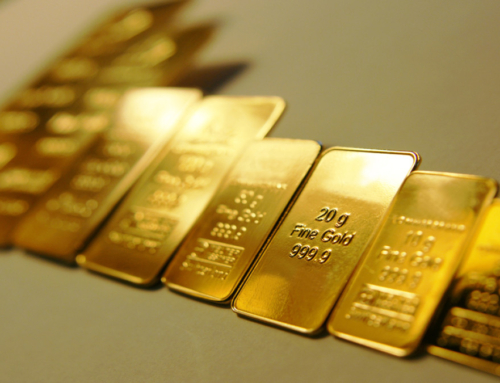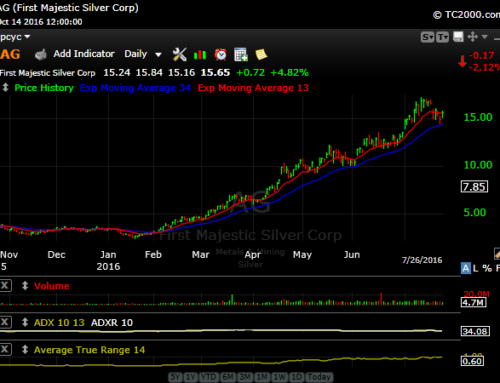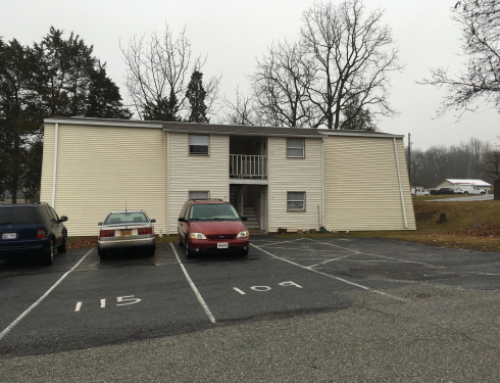On Friday, esteemed economist Paul Krugman posted this tweet…
This was after the government reported that both CPI and PPI came in hotter in August than expected, due to a rise in energy prices.
As expected, Krugman was excoriated for the fact that people need all three of those items he wants to exclude from his inflation gauge.
He was also notoriously wrong, along with the government, when saying the inflation heating up in 2021 was “transitory.”
Yes, the rate of inflation has come down substantially from its peak at over 9% (based on CPI) to its most recent reading of 3.7%.
The issue is that after a huge rise in prices, they aren’t falling. We still pay substantially higher prices for most items than we did two years ago, while our incomes have not gone up by a like amount.
Krugman is insulated from this as he is a multi-millionaire.
So, where do we go from here?
Some people are fearful of outright deflation coming soon. Other’s think the Fed is engineering a soft landing where economic growth and inflation will be in the 2% to 3% range.
I’m not in either camp. I still think the Fed is behind the curve. Why?
Once inflation takes hold, it is hard to get rid of the psychology.
In most cases, people are not putting off buying decisions because they think a better deal can be had down the road.
Instead, they are buying now, before prices go up further.
The only way to truly get rid of that psychology is to engineer a recession.
While we had a mild recession in 2022 with back-t0-back quarters of negative GDP, the employment situation never changed.
Unemployment remains low (although the labor force participation rate is still well below pre-pandemic highs).
So, I would argue that the Fed probably has more work to do in regard to rate hikes.
Oil prices moving back up
One reason I think this is that the markets are still not pricing in lower inflation. Check out the chart below.
This is the 30 Year Treasury Bond (black line) and the Goldman Sachs Commodity Index (red line).
In general, when commodity prices are rising, bond prices will decline. Bond investors require higher yields when inflation heats up, thus, bond prices fall (as there is an inverse relationship between the bond price and its yield).
The relationship is not perfect, but you can see how the price in the Treasury Bond spiked in 2020 when the GSCI was making a low due to the global economic shutdown.
Once the central bank printing presses kicked into full gear, commodity prices surged and bond prices dropped.
So what is going on now?
Bond prices are testing their November 2022 lows, and the GSCI is moving back up after a significant correction.
I should note that the GSCI is heavily weight toward energy prices, and crude oil is trading above $90 after bottoming below $65 over the summer.
So, it would seem that the bond market still sees higher prices ahead.
Now, here is another piece of my thinking….
The Fed clearly waited too long to start hiking.
And, they started hiking with rates being held artificially low to begin with.
If rates were actually normalized at the time the Fed started hiking rates, they should’ve already been at 3-4% on the short end of the yield curve (ie, 1 to 3 month Tbills).
Instead, they were close to 0%.
Consider the 1990’s… at the beginning of the decade, 3 month yields were close to 8%. By the end, they were still around 5%, going as low as just under 3% in 1992 after a brief recession.
The economy for most of the 1990s was quite good too, and inflation continued to trend lower.
Once the Dot.com bubble burst, we got a major recession, and rates dropped to under 1%. As the economy started to recover, rates floated up to 5% until the housing bubble burst.
In response to that, the market dropped yields down to under 1% when it was clear the economy was tanking.
And then the government panicked and we got that QE mess, which held rates artificially low for years.
After starting QE in late 2008, it didn’t end until late 2014.
The problem was, the markets became addicted to the liquidity as the economic structure was still unstable.
To stave off another recession, the Fed had to start priming the pump again in early 2016.
As the economy gained some steam in 2018, the Fed started hiking rates prematurely, and this slowed the economy again. Thus, it had to lower rates again.
Once the pandemic hit, and governments panicked, the Fed employed mega QE, and added 40% to the money supply.
Anyone with a pulse that didn’t work for the government knew this would result in massive inflation.
Inflation began to take hold by the middle of 2021, and it wasn’t until March 2022 that the Fed began hiking rates.
The problem is, they were starting from 0%, as opposed to a more natural level.
So, the Fed Funds is currently targeted at 5.25-5.50%, after starting near 0% when the Fed began raising rates.
The problem is that inflation had already gotten to 9%.
Well known and very successful hedge fund manager Stanley Druckenmiller suggested in early 2022 that the Fed would need to hike rates to that level of inflation in order to bring it down to its target of 2%.
Druckenmiller based this assessment on the market history as he had seen it. Once inflation rises above 5%, it becomes very difficult to bring it back.
Yes, it will go up and down, but the inflation rate will remain at elevated levels as it did in the late 1970s to early 1980s.
Druckenmiller felt that there were two options… a long period of stagflation or a crushing recession.
Stagflation would result from the Fed stopping its rate hikes prematurely, while a crushing recession would result if the Fed really did its job to get inflation under control.
What I currently see is still too much money floating around.
In my own neck of the woods, I see some instances of houses being sold for as much as 15% above asking price if they have been updated and well-maintained.
I’ve also seen massive moves in individual stocks. It’s not uncommon to see a cheap, speculative stock move 100% or more in a day.
The Dot.com bubble brought in a lot of day traders who exploited similar moves back then. Many of these traders disappeared by 2003 after a long bear market.
Another major issue
Another major issue that will likely result in inflation sticking around is the supply chain issue.
Due to geopolitical dynamics, we are going to get less and less cheap stuff from China, and we should expect less cooperation from OPEC.
Furthermore, western countries want to pull back on the use of fossil fuels.
This will keep energy prices elevated, as there are no efficient alternatives to fossil fuels.
There is a global re-alignment going on, and the US is not going to benefit. More countries are starting to align with the BRICs (Brazil, Russia, India, China) as they view the west as hostile to their interests.
Developing countries want to keep developing and that means that want and need fossil fuels. They will do deals with OPEC, and the US will be left hung out to dry, given current energy policy.
What to do now?
While the stock market has performed well this year, it started a correction in the middle of August.
This is not surprising, given how well it performed until then, and August begins the seasonally worst period of the year for the market.
The market is addicted to liquidity, and it will not react well to information suggesting the Fed needs to continue hiking rates, or keep rates at this level for longer than expected.
Thus, the picture is a little bit muddy.
There is clearly a run toward anything AI related, and that is where most of the stock market performance has occurred.
Nvidia has been a major benefactor in the AI movement, but its trailing PE ratio is at 111. Thus, the current stock price may reflect much of its earnings over the next couple years.
Energy stocks have moved up nicely this year, and if energy prices stay elevated, they should continue to benefit.
Otherwise, I would exercise caution when establishing new positions, or if you intend to add to existing positions.
Gold?
Gold futures have now found support at the 200 day EMA (exponential moving average) three times since late June, and there is a coiling pattern on the price chart.
This pattern is within an overall sizable basing pattern with major resistance above 2,085.
A close above 2,100 would likely signify a major move higher, so with a current price around 1,946 on the December contract, gold might be a good hedge in here with a stop below 1,920.
Keep in mind, these are my opinions only and should not be construed as investment advice. There is substantial risk of loss from trading stocks options and futures and it may not be suitable for your account.
That’s what I got for this week!









Leave A Comment